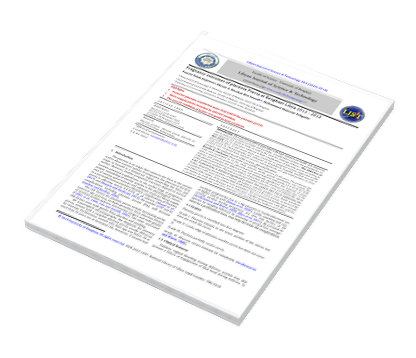Pregnancy outcomes of placenta Previa at Benghazi-Libya 2012 – 2013
DOI:
https://doi.org/10.37376/ljst.v10i1.2147Keywords:
Placenta position, placenta previa, placenta accreta, hemorrhage, hysterectomy.Abstract
Introduction: Placenta Previa (PP) is associated with high demands on health care resources due to maternal and fetal morbidity and mortality. Complications include the potential for severe bleeding and preterm birth, as well as the need for cesarean delivery. The objective of this study was to determine maternal & fetal complications of placenta previa according to placental location. A case–series study was conducted on pregnant women diagnosed as placenta previa by ultrasonography and delivered at Al-Jamhoria Hospital, medical records of women were reviewed from medical records retrospectively and placental position as documented in the medical record of the women, placental location. Results & conclusion: Most of the cases (60%) aged between 31-40 years. The posterior placenta was constituted to 51.2%, while anterior 48.8%, gravity distribution was nearly the same in anterior and posterior. placenta previa was in patients with parity ≥2 in 65 % for both anterior and posterior, the difference was not statistically significant. The majority of cases with placenta previa had no previous history of abortion, 66.7% of anterior position and 73.2% of the posterior position. Placenta accreta and of history abortion were not statistically significant. Hysterectomy is statistical significant p=0.021. One patient died due to pulmonary embolism. Regarding the position of babies, all babies in anterior position were stable but those in posterior 2.4% were intra uterine fetal death (IUFD) and 2.4 % were serious. In terms of the condition of the babies, 20 % of them were premature. We recommended further large sample size studies to verify these findings, and to determine whether pregnancies with the anterior or posterior placenta may need more intensive care monitoring for mothers and babies.
Downloads










 LJST Copy rights form
LJST Copy rights form


